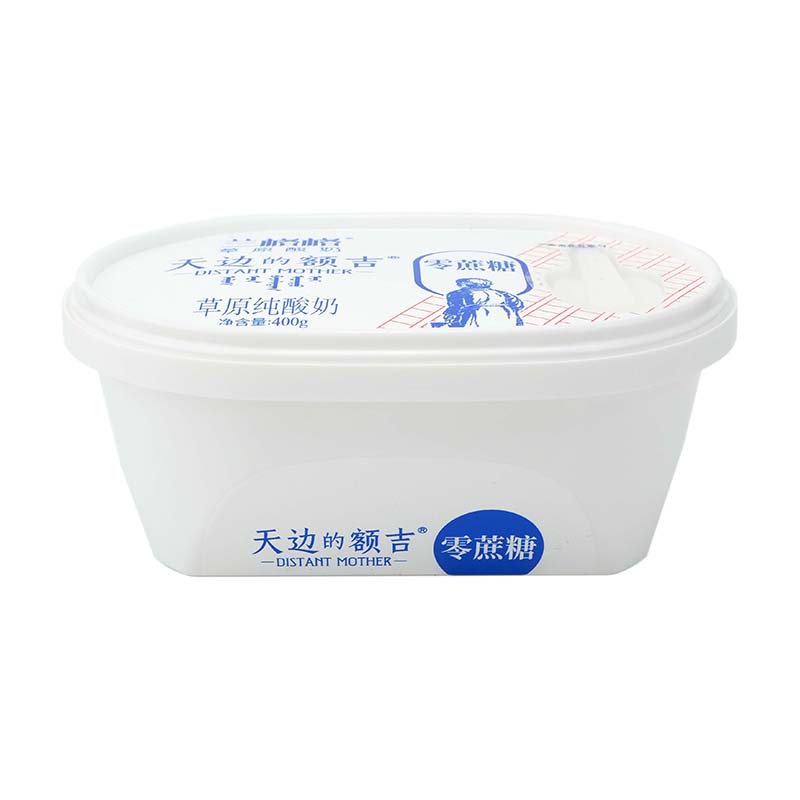What is the Meaning of IML?
2025-02-17
In-mold labeling (IML), also known as In-Molding Label, is an advanced manufacturing process used for labeling plastic containers directly within the mold during the molding process. This technology integrates labeling and production into a single step, providing numerous benefits in terms of efficiency, aesthetics, and durability.
The Process of IML
The IML process begins with a pre-printed decorative film, which is placed into the mold before the plastic container is formed. This film typically consists of a hardened transparent film layer, a printed pattern layer in the middle, and a plastic layer on the back. The ink is sandwiched between these layers, protecting it from scratches and wear, ensuring that the colors remain vibrant and do not fade over time.
Once the pre-printed film is in place, plastic pellets or resin are heated and injected into the mold. As the plastic cools and solidifies, it seamlessly fuses with the label, creating a single, integrated product. This process can be carried out through either injection molding or blow molding. In injection molding, the heated resin is injected into the mold, while in blow molding, air pressure is used to expand the plastic into the desired shape within the mold.
Advantages of IML
One of the most significant advantages of IML is its design flexibility. The process allows for the creation of labels with high-resolution colors and images, enabling brands to customize their packaging with intricate designs and branding elements. This not only enhances the aesthetic appeal of the product but also strengthens brand recognition.
Moreover, IML provides exceptional durability. The hardened transparent film layer protects the printed pattern from scratches, wear, and fading, ensuring that the label retains its quality throughout the product's lifecycle. This is particularly important for products with a short shelf life, such as consumer packaging in the food, personal care, household, and cosmetic industries.
IML also offers cost efficiencies, especially for large-scale production runs. The one-step process eliminates the need for separate labeling steps, reducing labor costs and production time. Additionally, the elimination of adhesive materials used in traditional labeling methods further reduces costs and environmental impact.
Applications of IML
IML is widely used in various industries for labeling plastic containers. Common applications include food packaging, such as ice cream buckets, yogurt containers, and butter tubs; personal care products, like shampoo bottles, deodorants, and soap containers; and household products, such as cleaning supplies, laundry detergent bottles, and fabric softeners.
In addition to these common applications, IML can be customized to suit specific needs. For example, if a product will be exposed to fluctuating temperatures, special chemicals can be used to coat and protect the container, ensuring the plastic remains durable. Similarly, for small containers, such as a 5-ounce jar, the ingredient label may not fit on the body of the container and can instead be placed on the lid or bottom, with careful consideration given to prevent design distortion.
 English
English Español
Español  русский
русский  Français
Français  日本語
日本語  Deutsch
Deutsch  tiếng Việt
tiếng Việt  Italiano
Italiano  Nederlands
Nederlands  简体中文
简体中文  ภาษาไทย
ภาษาไทย  Polski
Polski  한국어
한국어  Svenska
Svenska  magyar
magyar  Malay
Malay  Pilipino
Pilipino  Türkçe
Türkçe  العربية
العربية  Indonesia
Indonesia 




